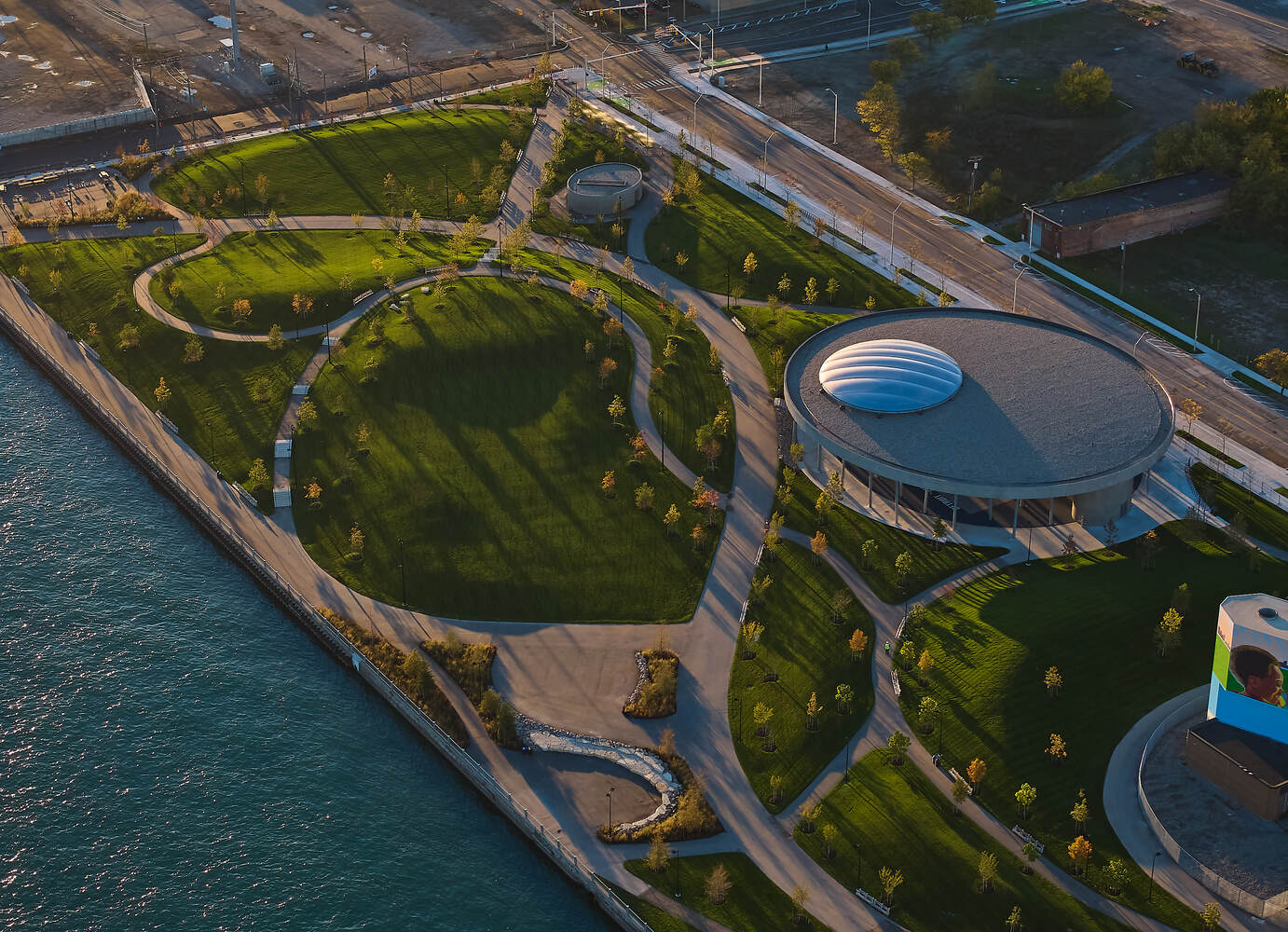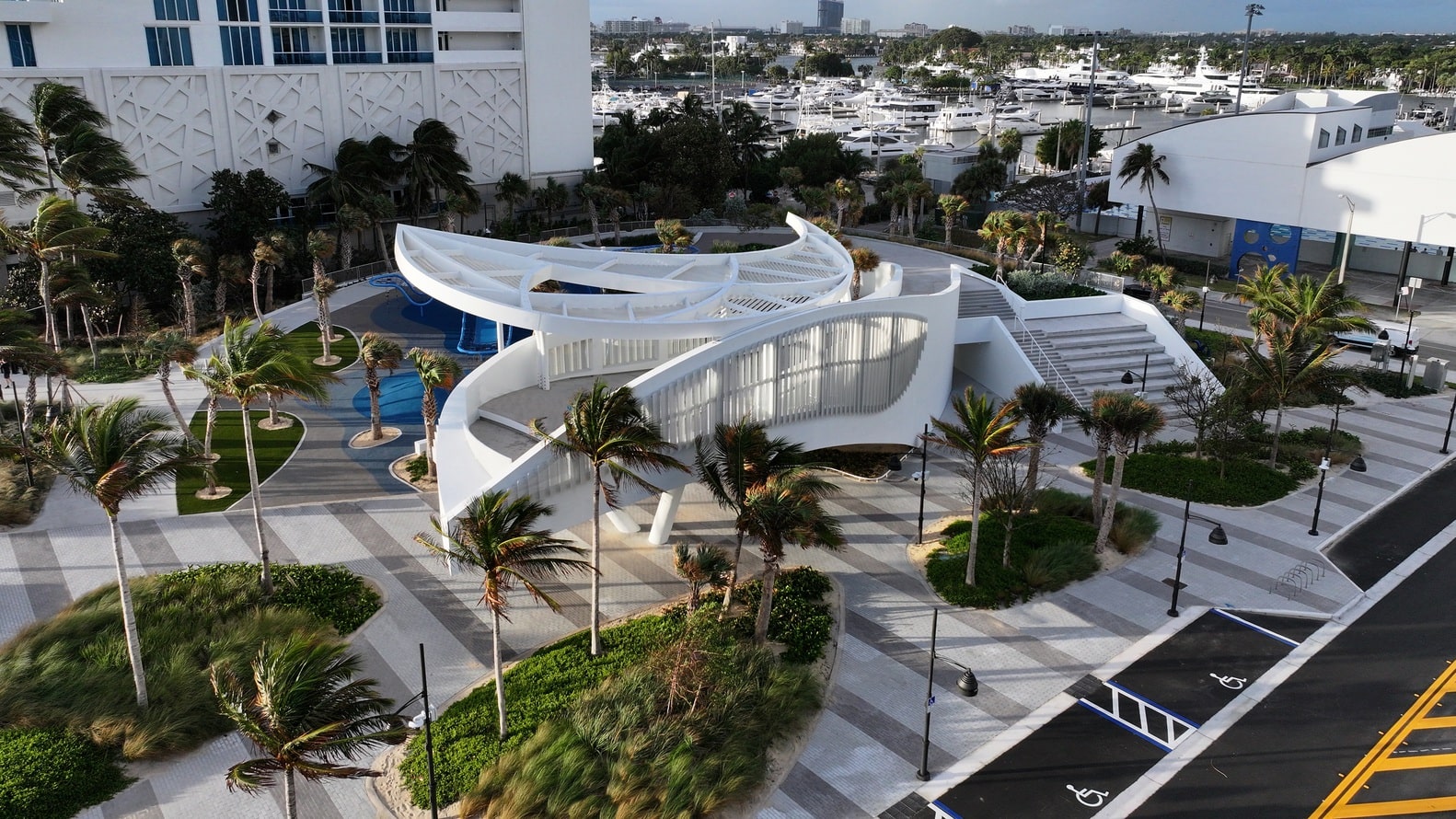- Home
- Articles
- Architectural Portfolio
- Architectral Presentation
- Inspirational Stories
- Architecture News
- Visualization
- BIM Industry
- Facade Design
- Parametric Design
- Career
- Landscape Architecture
- Construction
- Artificial Intelligence
- Sketching
- Design Softwares
- Diagrams
- Writing
- Architectural Tips
- Sustainability
- Courses
- Concept
- Technology
- History & Heritage
- Future of Architecture
- Guides & How-To
- Art & Culture
- Projects
- Interior Design
- Competitions
- Jobs
- Store
- Tools
- More
- Home
- Articles
- Architectural Portfolio
- Architectral Presentation
- Inspirational Stories
- Architecture News
- Visualization
- BIM Industry
- Facade Design
- Parametric Design
- Career
- Landscape Architecture
- Construction
- Artificial Intelligence
- Sketching
- Design Softwares
- Diagrams
- Writing
- Architectural Tips
- Sustainability
- Courses
- Concept
- Technology
- History & Heritage
- Future of Architecture
- Guides & How-To
- Art & Culture
- Projects
- Interior Design
- Competitions
- Jobs
- Store
- Tools
- More
Bucaramanga Centenario Park by TABUÚ & Iván Acevedo Arquitectura
Revitalized by TABUÚ + Iván Acevedo Arquitectura, Centenario Park in Bucaramanga restores over a century of civic identity. Through participatory design, sustainable materials, and inclusive public spaces, the project reconnects community, culture, and nature, transforming the park into a safe, vibrant, and socially engaging urban landmark.
Nestled in the heart of the Eastern Andes, Centenario Park in Bucaramanga, Colombia, embodies over a century of history and civic identity. Established in 1910 to commemorate the Centenary of Colombia’s Independence, this urban plateau has long served as a cultural and social hub, flanked by protected landmarks such as the Centro Cultural del Oriente and the recently restored Teatro Santander. However, in recent decades, the park had suffered from progressive deterioration, exacerbated by street violence, crime, and a lack of recreational and wellness activities. Its once-vibrant public life diminished, resulting in a profound loss of identity, comfort, and community dignity.

Table of Contents
ToggleChallenges and Context
Before the current intervention, the park faced multiple challenges. Previous proposals, including one for underground parking, had threatened the landscape with extensive hard surfaces, minimal shade, and the felling of over 80% of its 135 trees. Such approaches risked erasing the park’s role as a climatic refuge and social anchor. These pressing concerns demanded an innovative and participatory approach, aimed at reclaiming 10,500 m² of urban space to benefit nearly sixty thousand residents of the commune and the city at large.
Co-Creation and Participatory Design
The revitalization of Centenario Park was guided by a co-creation methodology, integrating neighbors, civic organizations, and marginalized groups—including migrants and minorities—into the design process. Through more than one hundred collaborative workshops, residents of varying ages and backgrounds engaged directly with a transdisciplinary technical-social team to shape the park’s functional program. Decision-making occurred before, during, and after the intervention, ensuring both community empowerment and culturally resonant outcomes.
This participatory framework led to the creation of diverse public spaces, including plazas, squares, and versatile-use rooms that accommodate civic, cultural, and artistic activities. These areas foster social cohesion, encourage creative expression, and provide platforms for shared celebration. Moreover, the project aligns with the city’s broader Revitalization Plan, contributing to a comprehensive strategy to improve over 100,000 m² of public space in multiple phases.

Materiality and Landscape Integration
Material selection and construction strategies prioritize sustainability, local sourcing, and contextual sensitivity. Urban furniture is integrated into the existing tree landscape, encouraging rest, interaction, and communal activity throughout the day and into the night. Floors incorporate recycled materials and natural stone finishes from nearby quarries, while water-saving measures are embedded in the design through reflective surfaces and colorful sensory elements around the central statue of the region’s only former president.
A central water spray system enhances thermal comfort during extreme heat, simultaneously highlighting the park’s natural and sculptural features. Pedestrian pathways have been redefined, calming vehicular traffic and improving accessibility, creating a safer and more inviting environment for all users. These interventions combine functional improvements with aesthetic enrichment, re-establishing the park as a landmark of urban life.
Cultural Heritage and Civic Identity
The renovation emphasizes both tangible and intangible aspects of cultural heritage. By reconnecting residents to their shared history and providing inclusive spaces for learning, recreation, and cultural engagement, Centenario Park becomes a stage for civic pride, responsible tourism, and intergenerational interaction. Elders, children, and the broader community can now enjoy a space designed for well-being, reflection, and communal experience.

Social and Environmental Impact
Beyond physical improvements, the project fosters social sustainability. It demonstrates how inclusive urban design can revitalize public life, reduce social and spatial inequalities, and empower communities through participatory planning. By addressing both environmental and cultural dimensions, the park becomes a living urban ecosystem, harmonizing green infrastructure, civic spaces, and heritage preservation.
Centenario Park is a testament to the transformative power of architecture and landscape design when grounded in community, culture, and context. Its revitalization showcases how historic public spaces can be reimagined to celebrate collective memory, strengthen social bonds, and create resilient, engaging environments for present and future generations.
Photography: Alejandro Arango
- Centenario Park Bucaramanga
- Civic identity design
- Colombia parks design
- community-centered design
- cultural heritage preservation
- Eastern Andes architecture
- Environmental and social impact
- green infrastructure
- inclusive public spaces
- Iván Acevedo Arquitectura
- Landscape Architecture
- participatory design
- Pedestrian-friendly landscapes
- Public Space Revitalization
- Recreational space design
- Social sustainability architecture
- sustainable urban design
- TABUÚ architecture
- Urban park Colombia
- urban regeneration
I create and manage digital content for architecture-focused platforms, specializing in blog writing, short-form video editing, visual content production, and social media coordination. With a strong background in project and team management, I bring structure and creativity to every stage of content production. My skills in marketing, visual design, and strategic planning enable me to deliver impactful, brand-aligned results.
Submit your architectural projects
Follow these steps for submission your project. Submission FormLatest Posts
Basketball Court – Ralph C. Wilson Jr. Centennial Park by Adjaye Associates
Designed by Adjaye Associates, the basketball court at Ralph C. Wilson Jr....
DC Alexander Park by Brooks + Scarpa Architects
Explore the redesign of DC Alexander Park by Brooks + Scarpa Architects,...
Suan San Pocket Park by Shma Company Limited
Suan San Pocket Park in Bangkok transforms a derelict riverside site into...
Pazhou South Waterfront Park by SWA Group
SWA Group’s Pazhou South Waterfront Park in Guangzhou revitalizes the Huangpu Chong...




































Leave a comment